Pruning may seem difficult at first – removing entire branches your tree worked tirelessly to grow. But make no mistake, pruning is essential for a healthy tree. Think of it as tough love now for a long-lived, happy, healthy tree that provides you with more delicious fruit later.
The main purposes of pruning include:
- Shaping a tree for proper airflow.
- Removing diseased or damaged branches.
- Invigorating the rest of the tree for a long life and delicious fruit.
Keep in mind that a happy tree will have dark green healthy-looking leaves. The leaf quantity should be proportionate to the size of the tree (very dense foliage will attract bugs/disease and may result in fruit ripening issues sine latent buds need the sun to fruit). A healthy tree has leaves that are clean with no buildup or debris that prevents them from transpiring.
Fruit Tree Pruning Tips
Timing
- Deciduous trees should be pruned during winter dormancy. This invigorates the energy and growth of the tree in spring.
- Formative pruning is done in the first 3 years— raise a fruit tree right. Poor or no pruning shortens life span and fruit doesn’t taste as good.
- Winter is the right time to do formative shaping/training on fruit trees, such as espalier or vase shaping. Prune any crossing branches or those growing inwards.
Types of Trees to Prune
- All stone fruits need annual pruning. Peach trees are especially brittle and limbs will break in storms if they are not properly maintained.
- Fig trees benefit from winter pruning. Start by removing any branches that are not growing or any dead or diseased wood.
- Citrus benefits from a light winter pruning even though they’re evergreen. Energy goes to remaining areas, making it bushier where it has not been cut. Cut long drooping branches and set a low height to cut skirt area so it’s not a bush. Prune deciduous trees in summer only to slow down explosive green growth or control size — think “How do I optimize energy allocation in my tree?” If the tree is growing too fast it won’t be able to store energy for next year.
What to Prune/Remove
- Prune straight up shoots. This type of growth “steals” energy from fruit. Don’t top the tree. Always cut above a node.
- Poorly growing trees should be reduced in size substantially, to promote new healthy growth and vigor. Allow some leaves to be left on, or the tree will die.
- Remove all suckers from the tree. Suckers will sap the energy of the tree, leading to a less healthy and vigorous tree.
- Fall is the right time to do a canopy sanitization on fruit trees. Clean out any dead fruit, dead or diseased wood. Opening up canopy for light and air and clean off leaves will discourage overwintering bugs. Trees will also benefit from fall composting/fertilizing.
Pruning Methods and Philosophies
GOBLET SHAPE:
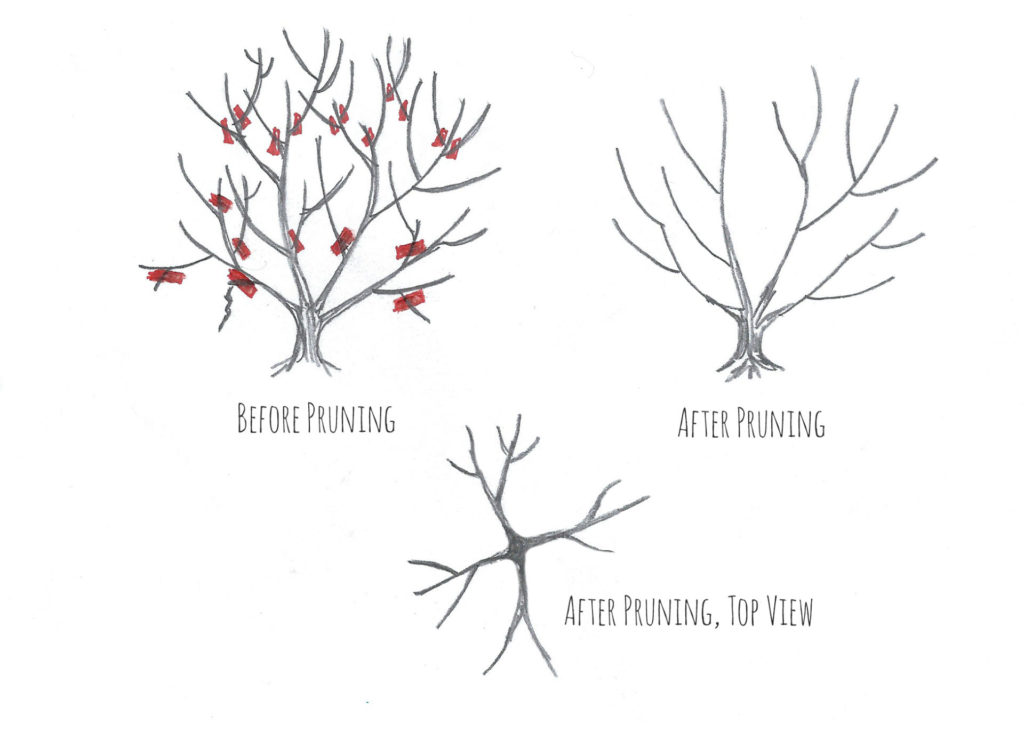
CENTRAL LEADER SHAPE:
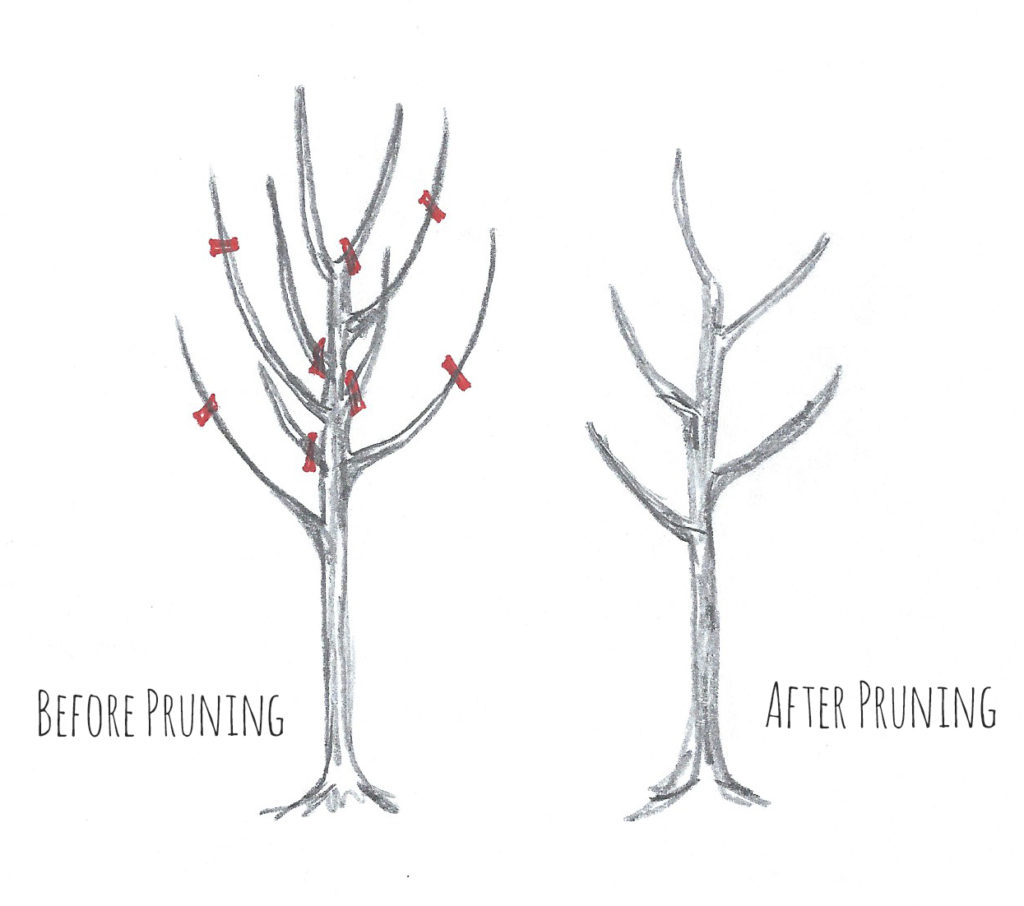
Other fruit tree pruning considerations include:
- Branch infrastructure: An even distribution of weight will prevent limb breakage. Try to create balance with branches going all around the tree. Lopsided branches will shorten the lifespan of a tree and cause breakage of limbs or trunk.
- A tree root system will mimic the canopy. If it’s too crowded above it’s too crowded below. Additionally, planting too closely can create competition for nutrients and the sun.
- Absorbent roots vs stabilizing roots. Absorbing roots live in the top 3-6” of soil where water and oxygen and biological activity are. Trees need oxygen, no compaction, and no cement barriers for best root growth. Better absorption means more nutrition better flavors. Flavor issues mean soil issues or absorption root issues.
Tools For The Job
- Bypass Loppers work for 2” branches, not deadwood just live branches. Felco’s, Japanese or Korean blades will last a lifetime with proper care.
- Pole pruners. Aim to spend at least $70+ for good quality that will work and last.
- Sharpen blades every few months. A blade sharpener is $10 at home improvement stores. Use a permanent marker on the blade to help you see if you’re sharpening it right. Mark the blade edge with a permanent marker, then sharpen until all the marker is removed.
- Sanitize tools with rubbing alcohol before moving to a new tree.
- Lubricate with blade lubricant or WD40 to prevent rust.
Bonus Fruit Tree Tips
- Chill hours don’t matter as much as you think. You will still get fruit in a home orchard even with a mild/warm winter. Following guidelines for chill hours is only needed in commercial orchards to ensure larger crops.
- Spring: Energy stored in a tree is used to grow flowers and fruits. Fall: energy goes towards roots to store energy. Feed compost every spring and fall to coincide when your fruit trees need energy. Mulch out until drip line, careful not to touch the trunk. Organic fertilizers and compost can be used throughout the year, but are not needed in the winter months.
- Avocado trees NEED their own leaves as mulch. The oils in the leaves are necessary for a strong immune system in the tree. Leaves are created over 3-5 years and have everything an avocado tree needs.
A while back Melanie Nelson took a class at the Fruitstitute, LA Arboretum. She generously shared her notes which helped us write this article. Thank you to Melanie Nelson for all the great tips.

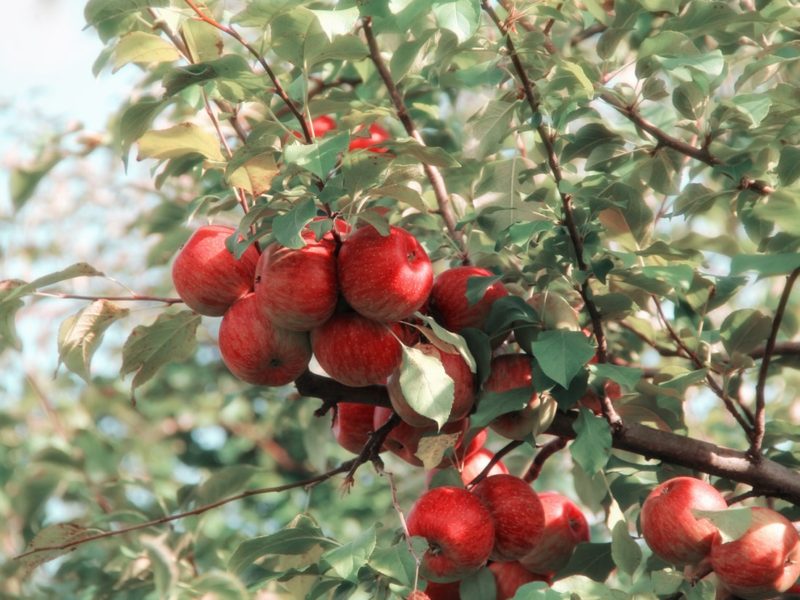

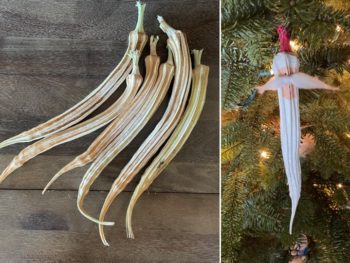
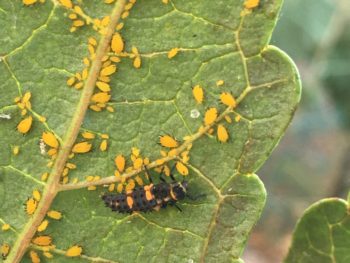
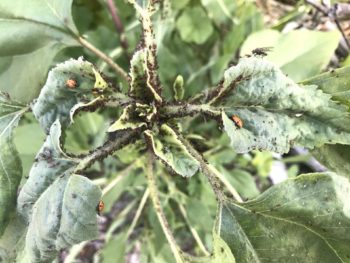
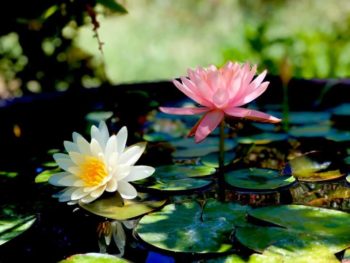
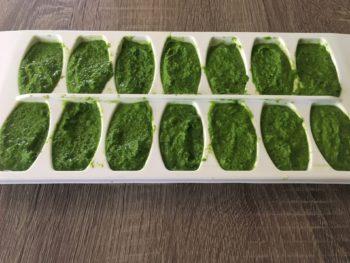
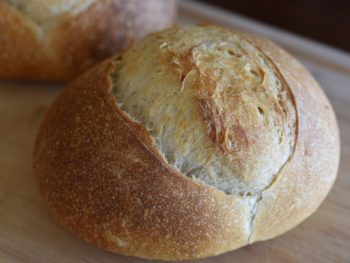
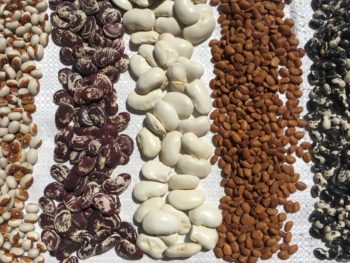

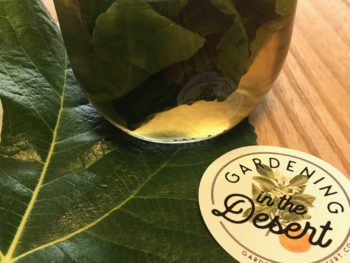
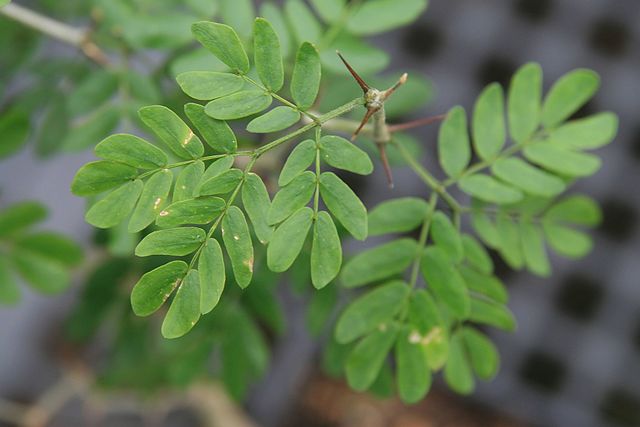
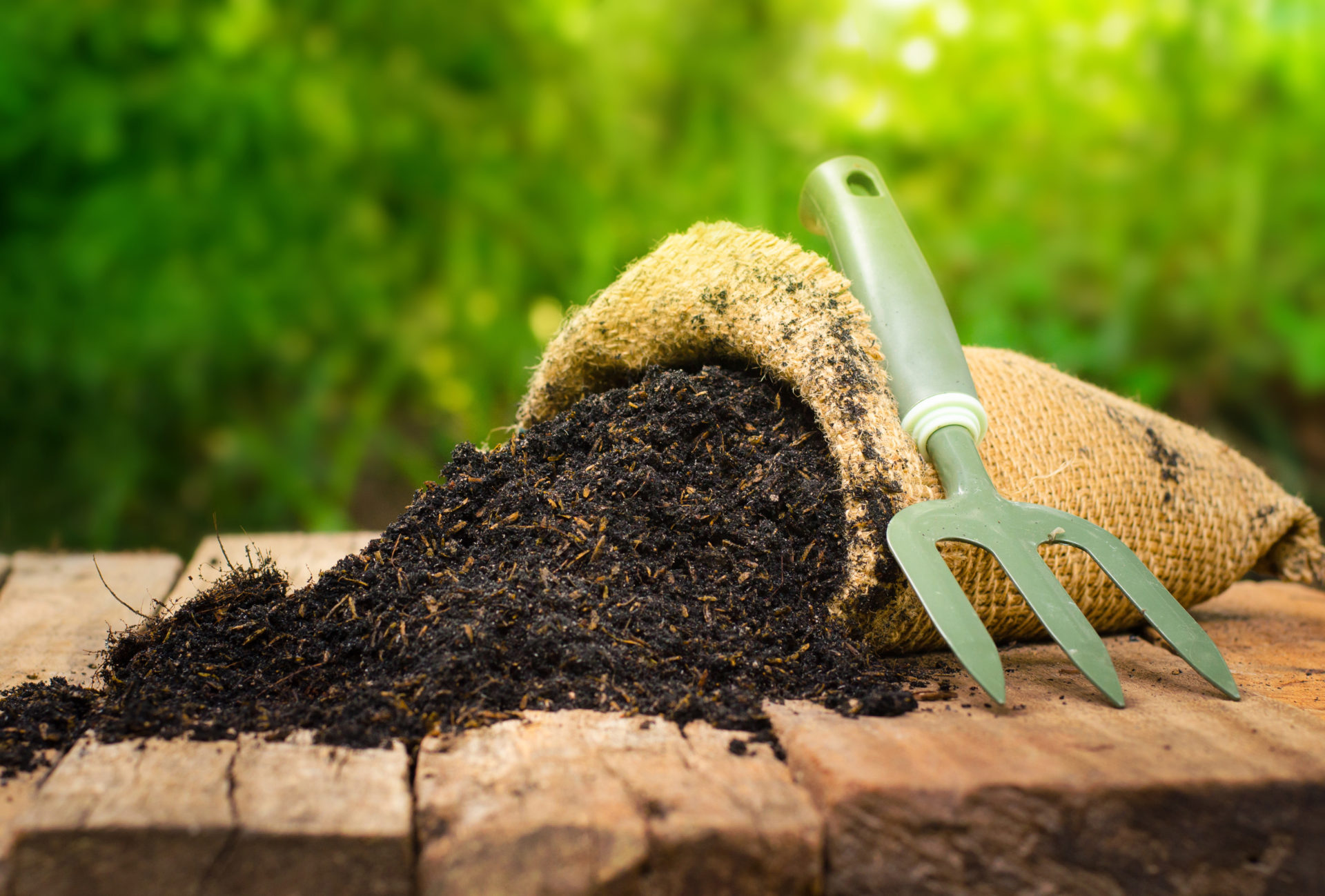
 Garden Of The Month- February 2020
Garden Of The Month- February 2020
I tried to sign up for your newsletter, but the pop up screen would not take the info I entered. Please include me in your newsletters and publications! Thank you
Hi Lisa, we will get you signed up and look into that issue.
Lisa, can you email me at jessica.m.ricco@gmail.com – I will get you on the list ASAP and I’d love to get a little more information so I can fix any bugs…